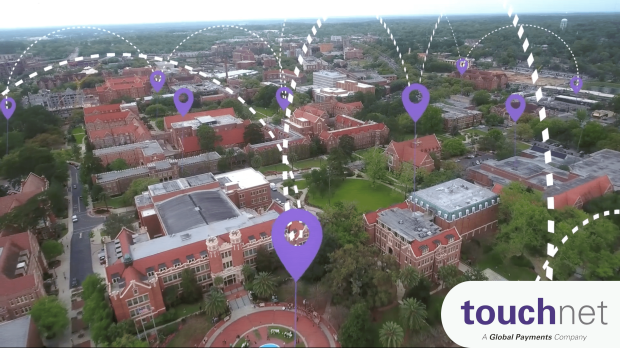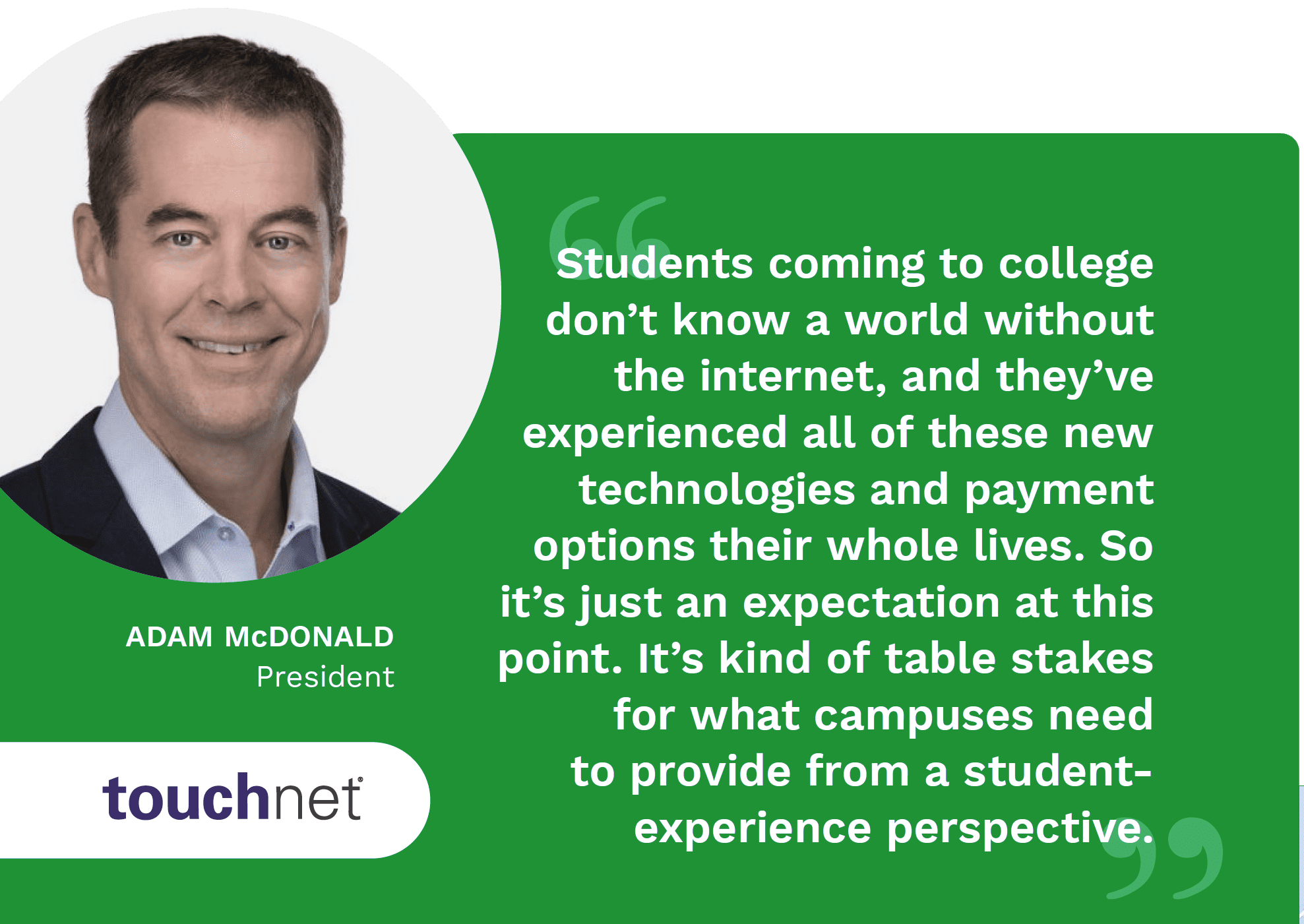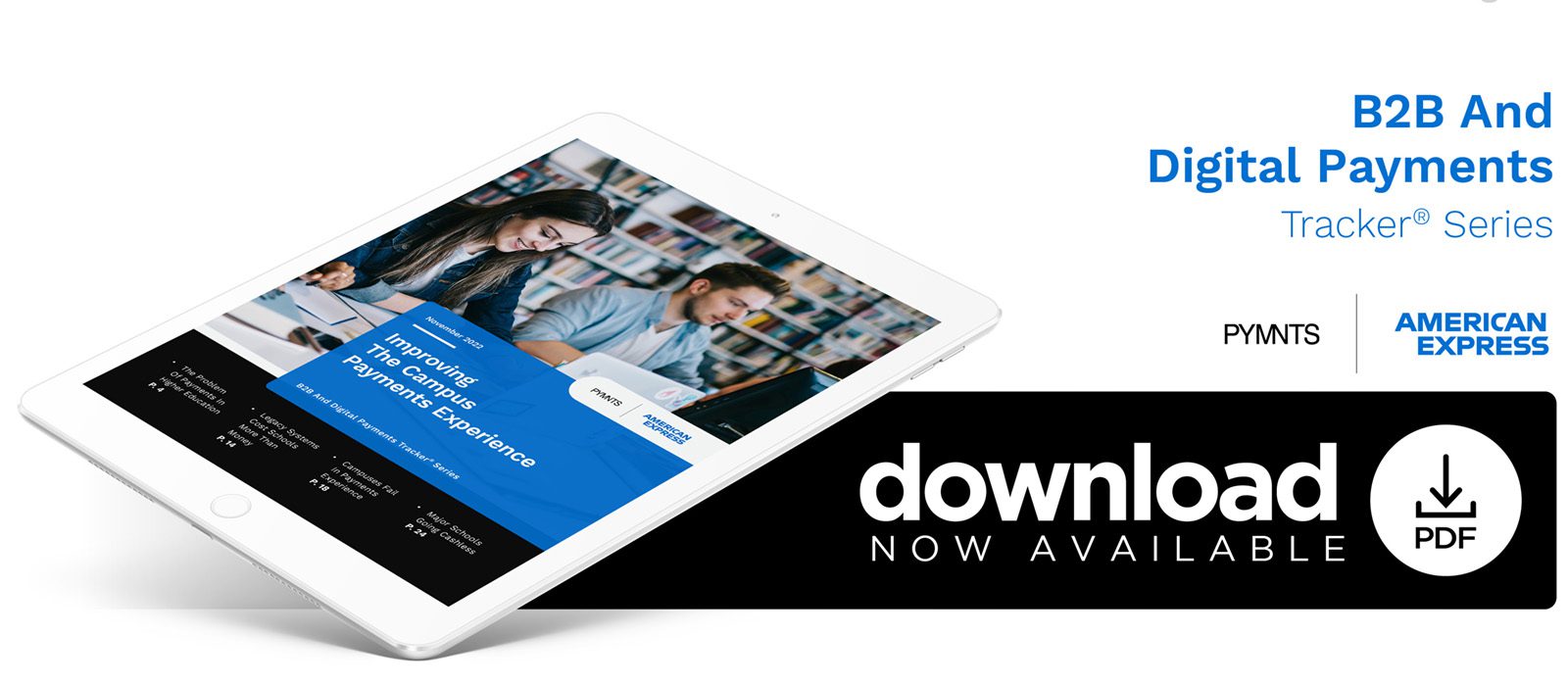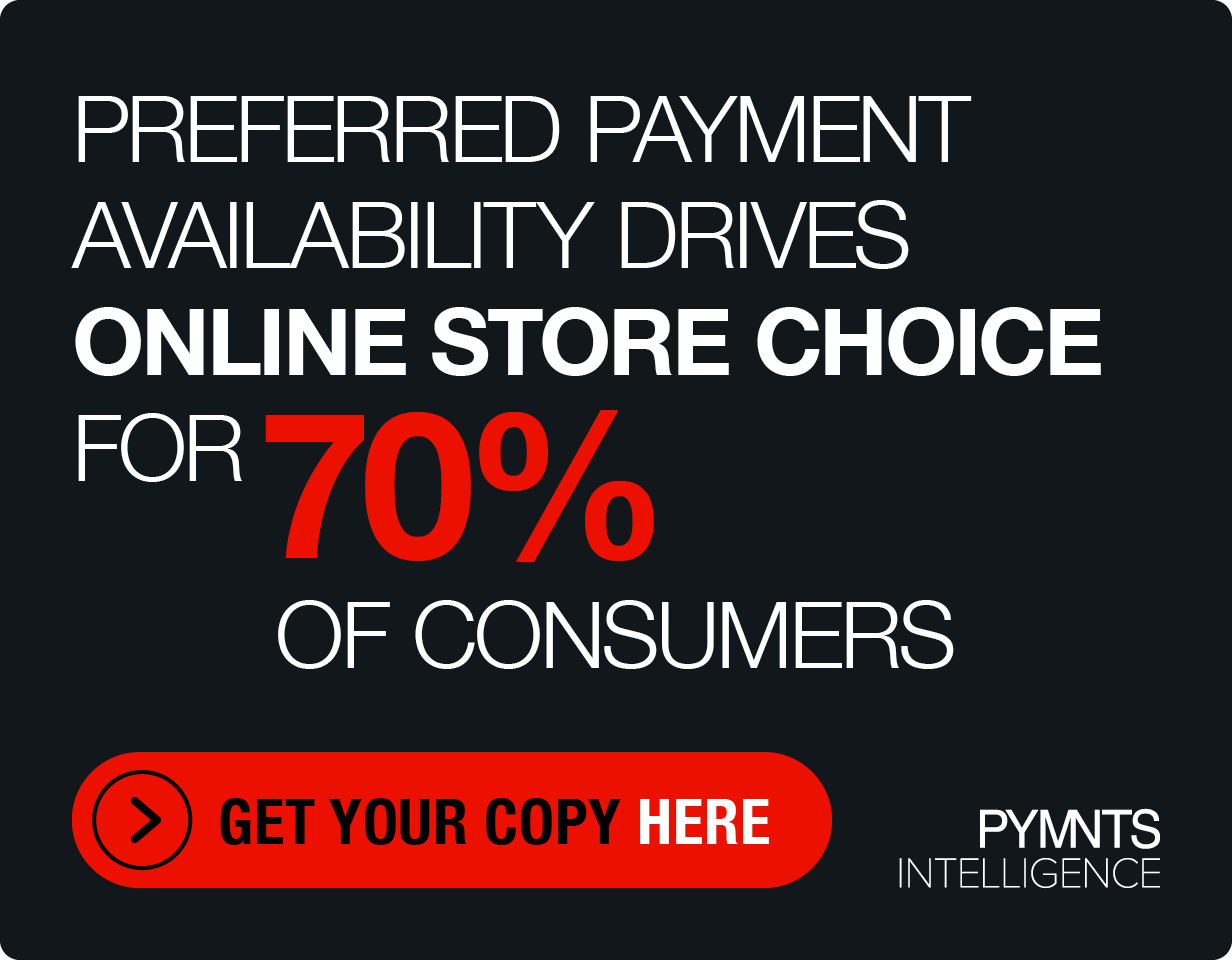Legacy Payments Cost Schools More Than Money

PYMNTS interviewed Adam McDonald, president at TouchNet, on how the company is helping colleges and universities simplify and modernize their payments infrastructure
—
At a time when businesses everywhere are adapting to meet customers’ increasing expectations for digital payment methods and technology-driven interactions, institutions of higher education are no exception. In fact, colleges’ and universities’ need to adapt is perhaps the greatest of all, due to their customer base: students. 
The stakes of not providing the right solutions are high. McDonald explained that if education institutions do not keep up with student expectations, they will risk appearing to be behind the curve and not as technology-forward as they should be. As a result, persisting with outdated, legacy payments infrastructures could end up costing schools much more than money: They may start losing students.
Students want a quick, consistent payments experience.
McDonald explained that students want a consistent experience across all the ways they pay and interact with their college or university.
“Whether it’s online or [at a physical] point of sale, they expect a seamless, easy experience that supports all the payment methods,” he said.
He added that since students coming to campus are overwhelmingly digital natives, these experiences must be possible on their phones as well, and they must also be secure. Younger consumers are increasingly aware of — and concerned with — the potential for data breaches, which have been hitting schools particularly hard in recent years. They are familiar with tools such as two-factor authentication from use in other parts of their lives, so if similar options are not available to secure their campus accounts, they will notice.
“When it comes to payment technology, according to our annual Student Financial Experience report, security and ease of use consistently top the list of most important features for students,” McDonald said.
Campuses need to embrace new payment platforms.
The challenge for institutions is that many do not currently have the infrastructure in place to provide the types of experiences that students want. There is good news, however.
“You can create a fully integrated, fully unified payment system,” said McDonald. “The technology exists to truly drive to this type of student experience with payments.”
Schools can access this technology by working with companies, such as TouchNet, that allow them to consolidate their payment operations onto one platform that supports robust mobile experiences in a secure, compliant-friendly way. For schools with payments infrastructure that is splintered into different silos — with different systems handling tuition, campus dining and the bookstore, for example — this would drastically improve the business side of running a campus. Compliance and security would be easier, freeing up administrators to focus on other, more important tasks.
“We provide a platform that allows our schools to take every payment and every campus card transaction across the higher education environment in a secure and easy-to-administer fashion, all from the mobile phone,” McDonald said. “We believe that simplifying this experience for students delivers tremendous benefits for the institution by ensuring security and compliance and easing the complexity of reconciliation. It’s good for everyone.”

